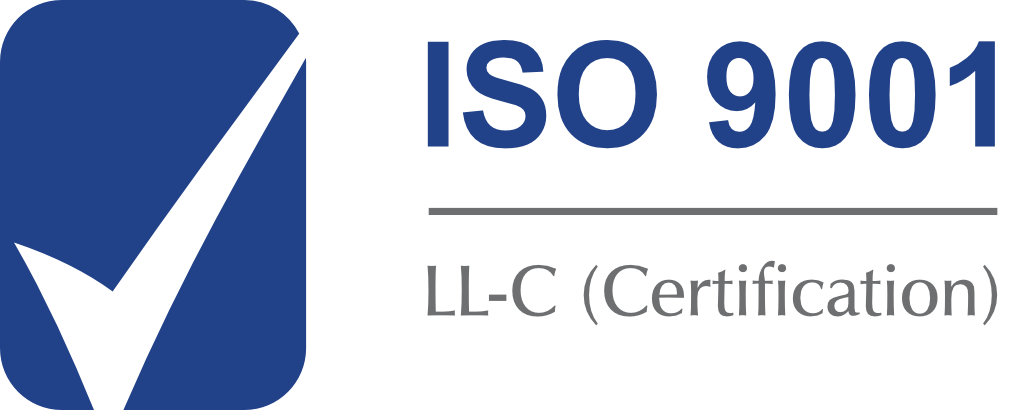Sound level meters: precision instruments for noise measurement and acoustic analysis
Sound level meters, also known as noise meters or acoustic measurement instruments, are devices designed to quantify sound pressure levels in a given environment. They are essential in occupational health and safety, environmental monitoring and acoustic engineering, helping professionals assess noise exposure and ensure compliance with regulations. A sound level meter converts variations in air pressure into electrical signals, which are filtered and displayed in decibels (dB), providing accurate and reliable readings of noise levels in different situations.
How a sound level meter works
The operating principle of a sound level meter is based on a high-sensitivity condenser microphone that detects sound waves and converts them into proportional electrical signals. These signals are processed by frequency-weighting circuits and level detectors to display instantaneous or averaged noise levels. Modern instruments feature data logging, USB or Bluetooth connectivity and acoustic analysis software to calculate parameters such as equivalent continuous sound level (Leq), maximum level (Lmax) and daily exposure level (LEX,8h). These capabilities make them indispensable tools for professional noise monitoring.
Frequency weightings: A, C and Z
To represent how the human ear perceives sound, sound level meters apply different frequency weightings to the measured signal:
- A-weighting (dB(A)): represents the ear’s response to medium sound levels and is the most common for occupational and environmental noise measurements.
- C-weighting (dB(C)): includes a wider frequency range, especially low frequencies, and is used for impulsive noise or peak level analysis.
- Z-weighting (dB(Z)): a linear weighting without frequency correction, providing the true unweighted sound level, ideal for laboratory and technical analysis.
Professional sound level meters typically include all three weightings to meet international standards and measurement requirements.
Types of sound level meters: Class 1 and Class 2
According to the IEC 61672 standard (BS EN 61672 in the UK), sound level meters are classified by their accuracy:
- Class 1 sound level meters: high-precision instruments with a wide frequency response (typically 10 Hz to 20 kHz). Used for laboratory measurements, consultancy and detailed environmental studies.
- Class 2 sound level meters: general-purpose instruments with slightly lower accuracy (typically 20 Hz to 8 kHz), ideal for occupational noise assessments, inspections and compliance checks.
In all cases, it is recommended to use an acoustic calibrator before and after each session to ensure measurement accuracy and data traceability.
Applications of sound level meters
Sound level meters are used in a wide range of professional applications. In occupational safety, they help determine workers’ noise exposure and compliance with the Control of Noise at Work Regulations. In environmental acoustics, they measure noise levels in urban areas, roads, airports and industrial zones, helping authorities and consultants develop noise action plans. In engineering and electronics, they are used for vibration testing, audio equipment evaluation and electroacoustic validation. In construction, they support building acoustics measurements such as sound insulation and comfort assessments.
Choosing the right sound level meter
When selecting a noise meter, several technical and functional factors should be considered:
- Accuracy class: Class 1 for high-precision studies; Class 2 for general inspections.
- Dynamic range: select a device covering 30–130 dB to handle both quiet and loud environments.
- Weightings and time constants: ensure the device offers A, C and Z weightings and Fast, Slow and Impulse responses.
- Data logging capacity: models with internal memory or SD cards enable long-term monitoring.
- Connectivity: USB, Bluetooth or Wi-Fi interfaces simplify data transfer and analysis.
- Software compatibility: dedicated acoustic analysis software allows professional reporting and graphical analysis.
Best practices for accurate noise measurement
To ensure consistent and reliable results when using a sound level meter, follow these best practices:
- Calibrate the microphone before and after each measurement session.
- Use a windscreen when measuring outdoors to reduce wind interference.
- Place the microphone at a representative position, away from reflective surfaces.
- Select the appropriate weighting and time response according to the standard.
- Record environmental conditions such as temperature, humidity and pressure.
- Use analysis software to process, graph and compare the collected data.
Electrónica Embajadores: specialists in professional acoustic measurement
At Electrónica Embajadores, we offer a wide range of sound level meters, noise measurement devices and acoustic analysers designed for professional use. Our range includes Class 1 and Class 2 instruments, acoustic calibrators and acoustic analysis software for detailed reporting and data visualisation. Whether for environmental, occupational or engineering applications, our technical team can advise you on the best equipment for your needs. With decades of experience in electronic instrumentation, Electrónica Embajadores guarantees precision, reliability and compliance with the highest acoustic measurement standards.




